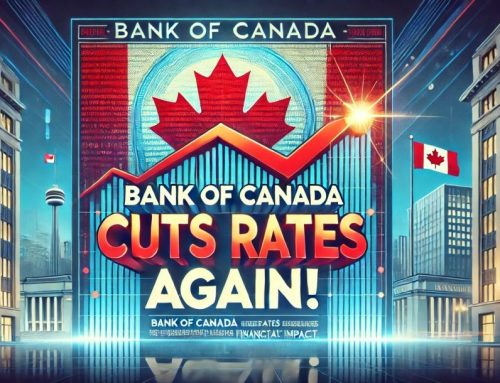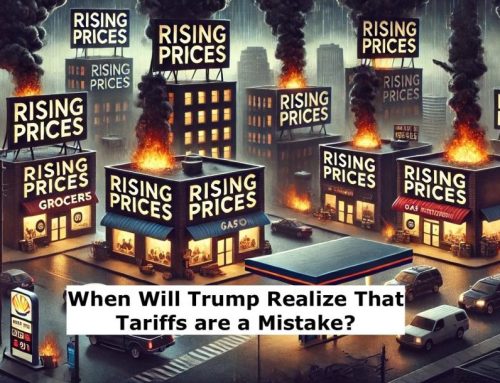With the real estate market heating up, it’s about to get hotter with new changes to the mortgage stress test becoming reality.
But is this really true?
There was some talk of potential changes to the mortgage stress test back in December of 2019, however the proposed changes were not clear. Canadian Finance Minister Bill Morneau didn’t waste much time in putting the changes into action, which were announced yesterday, February 18th, 2020.
Clarity achieved!
As of April 6th, the new stress test rules will take effect, which will increase borrowing power over today. The question is, by how much?
The Current Stress Test
The current stress test requires home purchasers to qualify based on the higher of the benchmark rate or 2% above the mortgage contract rate (the rate your payments are based on). The benchmark rate, currently 5.19%, is an average of the 5 year fixed posted rates from the big five banks.
This puts the big banks in full control of the stress test rate. Keeping the stress test rate high can result in larger penalties to those breaking their big bank mortgages early… .resulting in more profit for the banks. The new stress test will remove this control by the banks, which is definitely a good thing for everyone…. Except for the banks that is.
The New Stress Test
The new stress test will require mortgage seekers to qualify based on the higher of 2% above their mortgage contract rate OR 2% above a new weekly median 5 year rate (which replaces the current benchmark rate). This new median rate will be announced by the Bank of Canada on Wednesday of each week, which then gets implemented the following Monday.
How much of a difference will this make?
As of now, the average insured mortgage rate is approximately 2.89% (although there are much lower rates available). This means that the new stress test will require people to qualify based on a rate of 4.89% instead of the 5.19% that is required today.
Doesn’t sound like much of a difference, does it?
That’s because isn’t.
Let’s say a couple with a household income of $120,000 are purchasing with a 10% down payment. Under the current stress test, they would qualify for a purchase price of approximately $595,000.
Using the same down payment, they would qualify to purchase up to $605,000. Only a $10,000 increase in purchase price under the new stress test. Yippee!
Why The New Stress Test Was Implemented
In 2018, 5 year fixed rates hovered around the mid-3% range. With a contract mortgage rate of 3.49%, you would have had to qualify as if the rate were 2% higher than this, which would have made the qualifying rate 5.49% (AKA Stress Test). When rates started dropping in early 2019, this increased what homebuyers would qualify for. Let me explain further.
As mortgage rates continued to fall, the stress test rate also fell, resulting in more purchasing power for home buyers. They did not fall evenly however.
5 year fixed mortgage rates dropped by over 1%, yet the benchmark rate only dropped by 0.15% (5.34% to 5.19%). So the qualifying rate dropped 0.15%, yet the rate your payments are based on dropped more than 1%. Something was not right here. The big banks were keeping the stress test artificially high.
This is why the changes were implemented.
Given the level mortgage rates have fallen to in today’s market, the current stress test rate has remained static. Meaning it is not fluctuating with the mortgage rates.
Rates were dropping, meaning payments were dropping, therefore improving home buyer’s financial positions. Yet the maximum qualified mortgage amount for remains the same. Even though actual affordability had increased, the stress test did not make it it any easier for people to buy a home.
The new rule allows for it to flow with the current rates, which makes a lot more sense.
“Paul Meredith is the author of the Amazon #1 best selling book, Beat the Bank
– How to Win The Mortgage Game in Canada, and has ranked as one of the top
75 mortgage brokers in Canada since 2016. He was a finalist for Mortgage
Broker of the Year in 2018, and can be seen as the exclusive mortgage broker on
season two of TV’s Top Million Dollar Agent.”








Leave A Comment